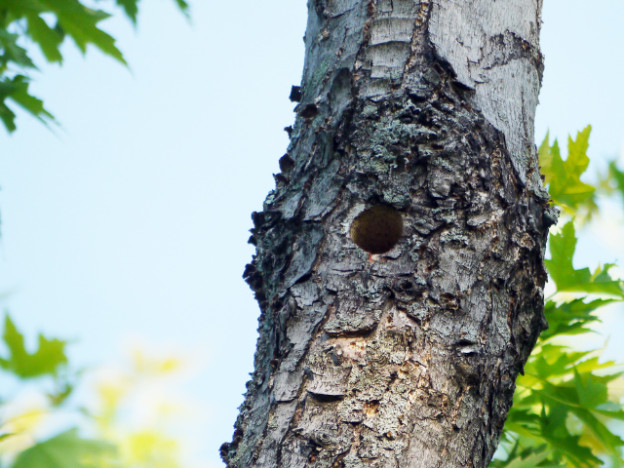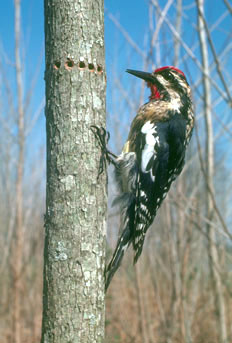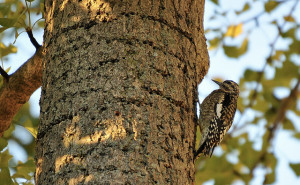
 5
5




My philosophy book "Serenity of Simplicity": https://www.amazon.com/Serenity-Simplicity-Ideas-Liberty-Reason/dp/1070961221/ref=sr_1_1?keywords=luke+furgason&qid=1569634323&sr=8-1
 2
2




A human being should be able to change a diaper, plan an invasion, butcher a hog, conn a ship, design a building, write a sonnet, balance accounts, build a wall, set a bone, comfort the dying, take orders, give orders, cooperate, act alone, solve equations, analyze a new problem, pitch manure, program a computer, cook a tasty meal, fight efficiently, die gallantly. Specialization is for insects.
-Robert A. Heinlein
 3
3











"Study books and observe nature; if they do not agree, throw away the books." ~ William A. Albrecht
 2
2




Chris Kott wrote:
As to the study, I take it that the title of the thread means trees in general; I have usually noticed that once woodpeckers are drawn to a tree, the infestation and subsequent search by peckers for tasty insects kills the individual. I like the idea, though, that perhaps an infestation in one tree could foster a new generation of peckers that would keep the population of borers down in the whole forest, perhaps even limiting their spread.
-CK
"Study books and observe nature; if they do not agree, throw away the books." ~ William A. Albrecht
 3
3




Check out Redhawk's soil series: https://permies.com/wiki/redhawk-soil

|
What consumes your mind controls your life / tiny ad
Unlock Free Wood Plans! Download free projects and create unique pieces now!
https:/the-art-of-regenerative-wood-working/
|

